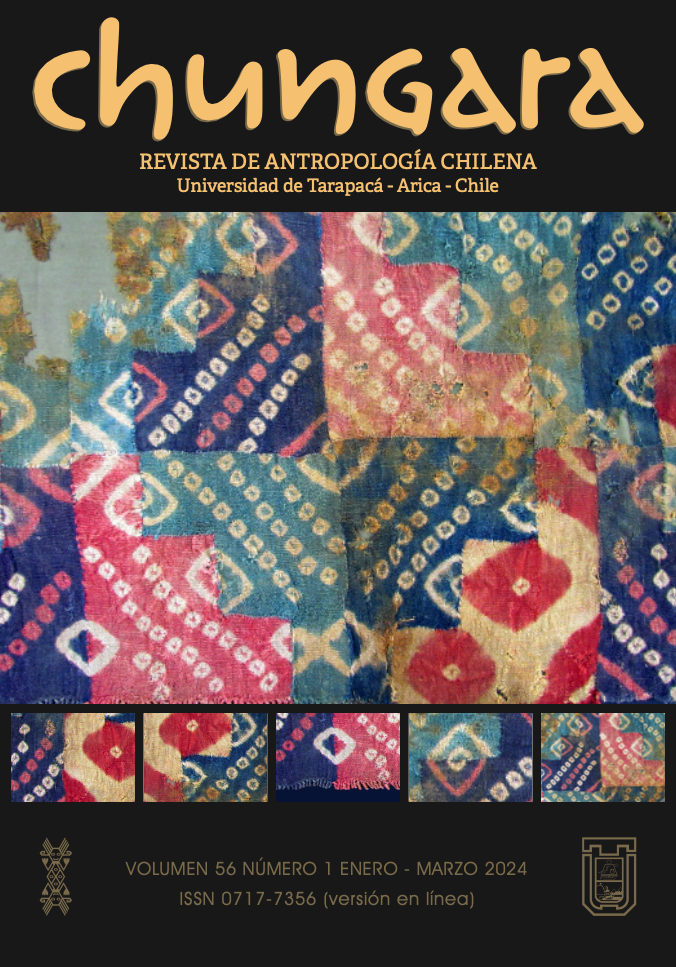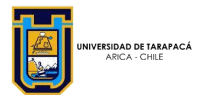Written by Super User. Posted in Papers - English
CRITICAL ASSESSMENT OF THE EFFICACY OF THE LEAST-COST PATH IN THE PREDICTIVE STUDY OF QHAPAQ ÑAN
EVALUACIÓN CRÍTICA DE LA EFICACIA DEL CAMINO DE MENOR COSTE PARA EL ESTUDIO PREDICTIVO DEL QHAPAQ ÑAN
The Inca road system, with an extension of 60,000 km, is the largest archaeological object in the Americas. This substantial characteristic makes it an object of study and preservation from a scientific and heritage perspective. Accordingly, different methodologies have begun to be adopted to record it and interpret it, including geomatic modeling. In this context, this work aims to assess whether the use of Geographic Information Systems (GIS) techniques, such as the Least-Cost Path calculation, which is commonly used in archeology, can be applied to the study of the Qhapaq Ñan, or, on the contrary, and as the few historical data show in this regard, it is better to use other less economistic techniques that include a more comprehensive look of the human experience in the landscape. To assess the applicability of this space technique, four sections of Inca roads were studied in the Prepuna and Puna areas of the province of Salta, Argentina, which, during the Cuzco occupation, played a key role in the control of productive activities and in symbolic terms.
Continue reading - PDF
Print
Email
Written by Super User. Posted in Papers - English
OSTEOARTHROSIS IN HUNTER-GATHERERS OF CENTRAL-SOUTHERN PATAGONIA (SANTA CRUZ, ARGENTINA) DURING THE LATE HOLOCENE: AN APPROXIMATION TO THE ACTIVITY PATTERNS
OSTEOARTHROSIS IN HUNTER-GATHERERS OF CENTRAL-SOUTHERN PATAGONIA (SANTA CRUZ, ARGENTINA) DURING THE LATE HOLOCENE: AN APPROXIMATION TO THE ACTIVITY PATTERNS
Milena Constanza Morlesín y Solana García Guraieb
Osteoarthrosis (OA), a condition caused, among many other factors, by repeated physical activity, is the most commonly found pathological bone modification in human skeletal remains. Accordingly, it has been frequently studied from a bioarchaeological perspective, in order to identify the patterns of activity of populations that preceded us. This study aims to analyze the bone modifications in the spine and the appendicular joints of 14 adult individuals of both sexes from the Late Holocene found in the Salitroso Lake basin (Santa Cruz, Argentina). The objectives are (a) to evaluate the paleoepidemiology patterns and its relationship with other arthropathies (e.g. Schmorl’s nodes); and (b) to explore the connection between OA variation patterns and aspects such as sex and age. This information will contribute to the knowledge of human behavior regarding body use and performed activities within the context of the climatic shifts and organizational changes that affected this population during the late Holocene. The data reveal that, with few differences between sexes, all the individuals exhibit OA and that the prevalence of OA is higher in older individuals and in those whose chronology is between ca. 800 and 350 years BP.
Continue reading - PDF
Print
Email







